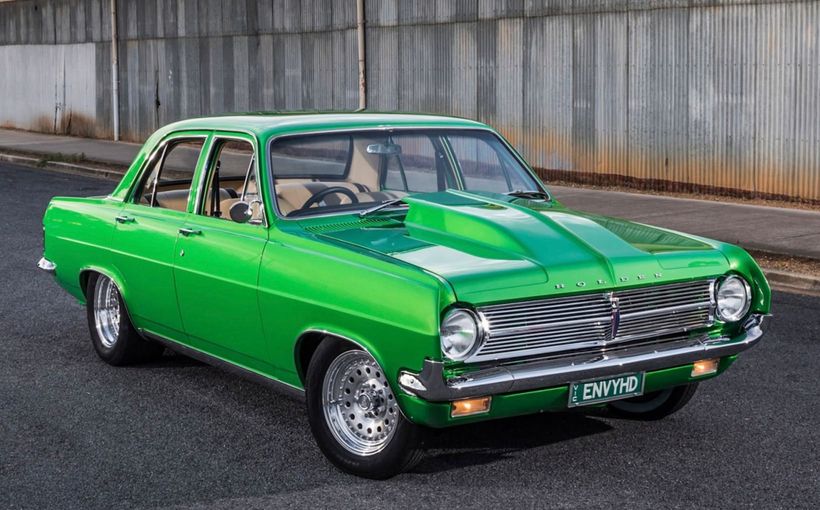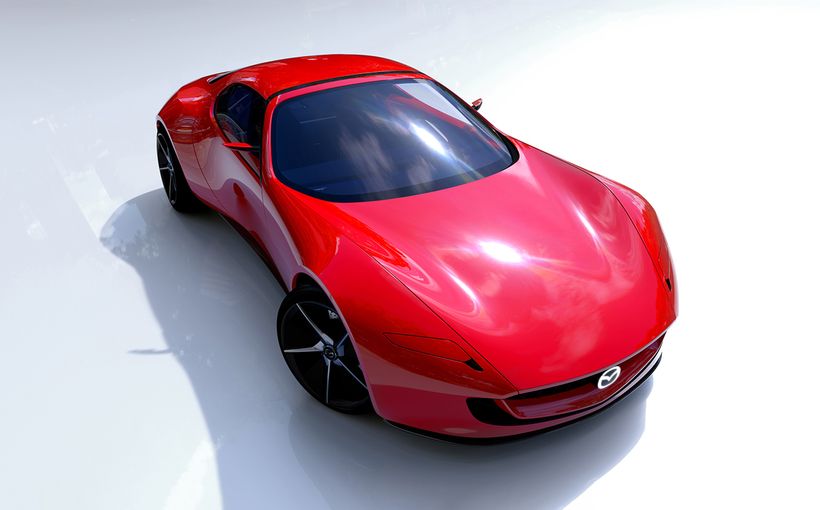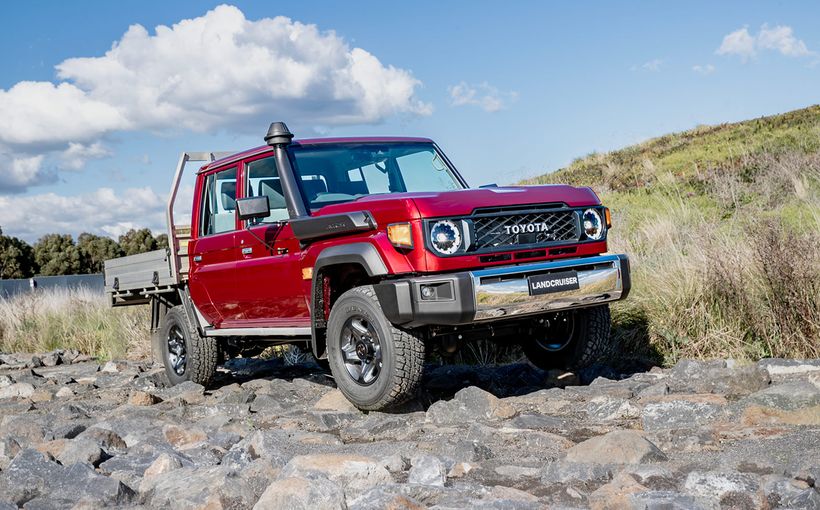Final Aussie Commodore: End of an era
SO it’s finally here. The last-ever Australian-made car. We’re not being mawkish, just factual. And, seriously, order one and hang on to it, because there will never be anything like the VF II Commodore again.

Of course, the probably Opel-based replacement will carry the same badge from late 2017, but as we’ve learned over the last few weeks, it won’t be a V8 rear-drive sedan or wagon like the current big Holden.

It might be quieter, smoother, more comfortable, far more fuel efficient, and even perhaps quicker in up-spec turbo-schmurbo guise. But the direct lineage to the 1948 48-215 – via names like Special, Premier, Kingswood, Statesman, and Caprice – will finish just one year before its 70th anniversary.

OK, this is sounding a little emotional. But will we ever feel this way about a Holden – or Ford for that matter – again? Of course, as the General would have us concentrate on the now, rather than what happens in two years time, let’s do that. And, anyway, what the VF II represents is the best-ever Australian made range of cars. Right up there with the Ford Territory.

Dubbed the fastest and most powerful Commodore ever in SS livery, the VF II is the reason V8 fans should act, because there will never be anything like it again, for the money at least. And you don’t want to be that person who is telling the future generations about the missed chance you had to buy one of those proper Aussie-made Holdens brand-spanking new.

Little has changed visually – new headlights, grille, and bumpers, clear tail-lights (with LEDs on the Sportwagon), different alloy wheel designs above Evoke, bootlid lettering on Calais V, and a couple of additional colours (Slipstream Blue and Empire Bronze) – while the volume-selling 185kW/290 3.0-litre and 210kW/350Nm 3.6-litre V6s remain the same; note, however, that the lauded LPG-powered Commodore is no more.

So on to the glamorous stuff. Under the bonnet of all VF II V8s – be it an SS or Calais V in sedan, Sportwagon, or utility styles where applicable – is the Chevrolet Corvette’s 6.2-litre LS3 engine, usurping the old 270kW 6.0-litre unit. Delivering 304kW of power and 570Nm of torque, it can race from standstill to 100km/h in a scorching 4.9 seconds – a 0.8s slash off the previous result.

More importantly for Holden fans, it undercuts the Blue Oval’s Falcon XR8 efforts by 0.3s (though that is with a significantly smaller-capacity V8) as well as the recently facelifted Chrysler 300 SRT’s 5.0s streak.
Keeping all that performance in check in the top-line SS V Redline are Brembo brakes, boasting bright red callipers that Holden reckons are “specifically designed to perform under closed circuit and track day conditions”. Additionally, the FE3 sports suspension pack has been retuned and revised for better ride quality, without adversely affecting handling and cornering capabilities. Like we said, the best Australian made car ever…

To let your neighbours know of your astute long-term investment, a pair of bonnet vents and revised front fascia ducts for enhanced aerodynamics make their debut on the VF II V8s, while a bi-model exhaust will be offered, featuring a mechanical sound enhancer known as the ‘Baillie Tip’, named after the Holden engineer who passed unexpectedly a little while back.
Otherwise, it’s business as usual for the Aussie-made icon.

According to Holden's latest chairman and managing director, Mark Bernhard, focussing on the VF II’s improved performance is not only a fitting finale for the series, it underlines what Australian engineers can do with an imported drivetrain – an important hint as to what will happen with future go-faster models brought in from Europe as well as (presumably) Asia and North America.
“We made a commitment to keep this iconic car exciting and relevant for Australian motorists, and that is exactly what we have done,” he said. “This is the vehicle that our Commodore customers have been asking for.

“Holden’s design, engineering and manufacturing teams have produced the best Commodore ever – a vehicle that truly lives up to its reputation and one that the entire company is incredibly proud of.”
Heady stuff. Is all this enough to make you want to go out and buy one?
Byron Mathioudakis GoAuto.com.au
Protect your Holden. Call Shannons Insurance on 13 46 46 to get a quote today.









